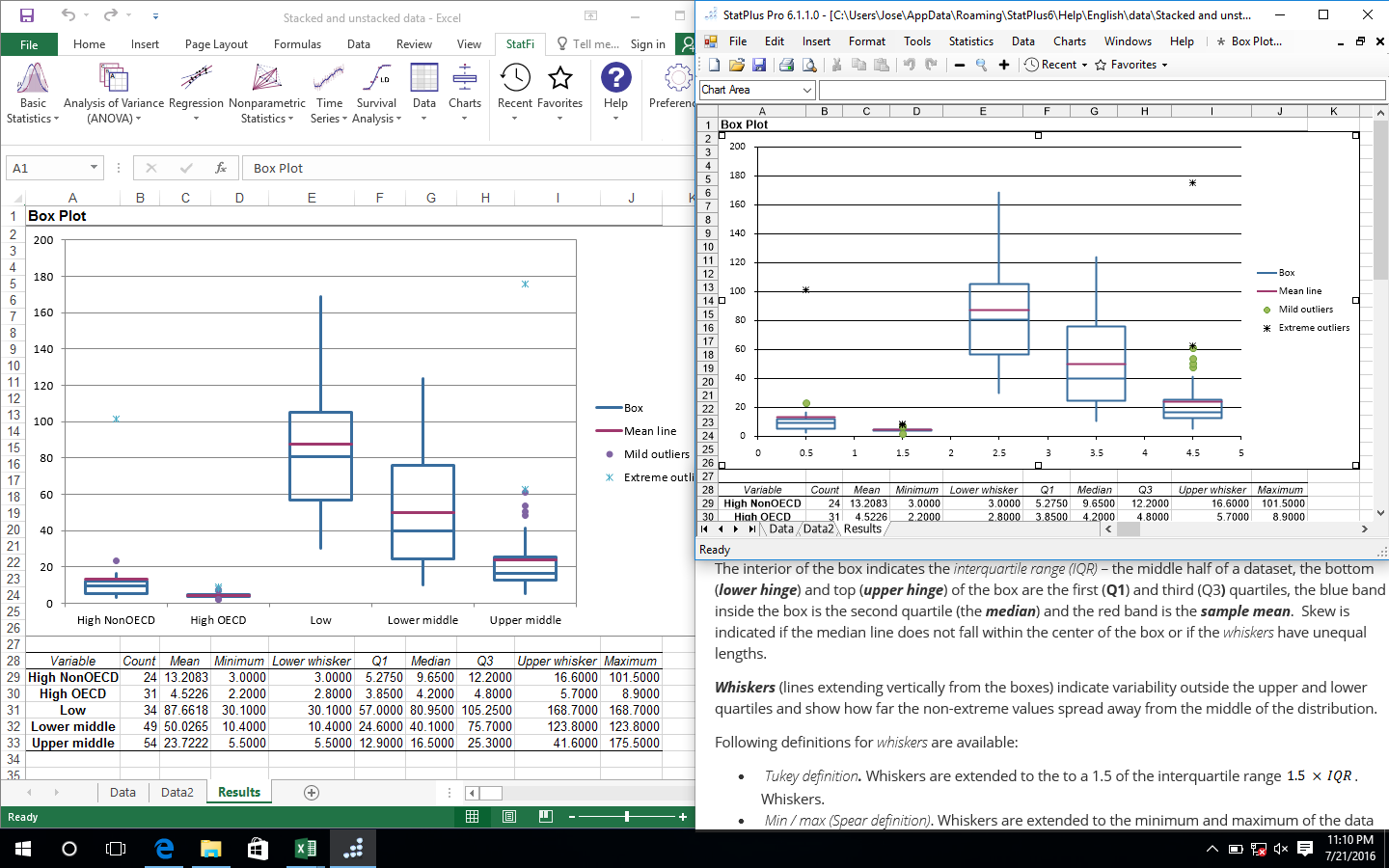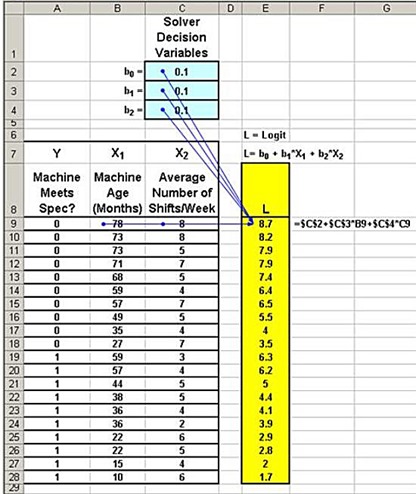

Here, we can select which output variable we want to look at, assuming we have more than one, and which values within that variable we want to compare. Our customization options lie in the upper-right corner of the window. Obviously, there's nowhere to click here to be able to drillthrough, which is why the option was no selectable before. However, the odds of selling to customers with high income or that live in the Pacific are much higher. For instance, we see that people with 5 children, 4 cars, or 3 cars don't usually buy bikes. This report shows us which input values seem to correspond with certain output values. Many of you may recognize this as a Discrimination Report. This is the only option we have for viewing this model. You'll understand why as soon as you see the Browse window. It's interesting to note that this algorithm does not allow drillthrough. Since this is a simple question, we want to use every column except ID (called _RowIndex here for some reason) and Purchased Bike, to predict Purchased Bike.įinally, we create the model inside the existing structure. Now, we need to select which columns we will use for what purposes.

For more information on these parameters, read this.

They all affect what data the model sees when it is being trained. In fact, none of the parameters alter the methodology behind how the model is built. Let's see what kind of parameters we have.Ĭompared to the other algorithms, Logistic Regression has much fewer parameters. Next, we need to select the "Microsoft Logistic Regression" algorithm. The first step is to select the "Classify Purchased Bike" structure. Let's add another model to that structure using the Logistic Regression algorithm and see what we get. In a previous post, we built a classification model for predicting Purchased Bike. It is closely related to the Decision Tree algorithm, which is where we going to start. However, Microsoft's algorithm expands the scope of the procedure to allow it predict more than just 2 values. To find out more about Logistic Regression, read this. Logistic Regression is designed to predict Binary (Yes/No, 1/0) values. Specifically, this post will be talking about the Logistic Regression algorithm. These algorithms can only be accessed via the "Add Model to Structure" tool.

Today, we're going to start talking about the last few algorithms in the Microsoft Data Mining Stack.


 0 kommentar(er)
0 kommentar(er)
